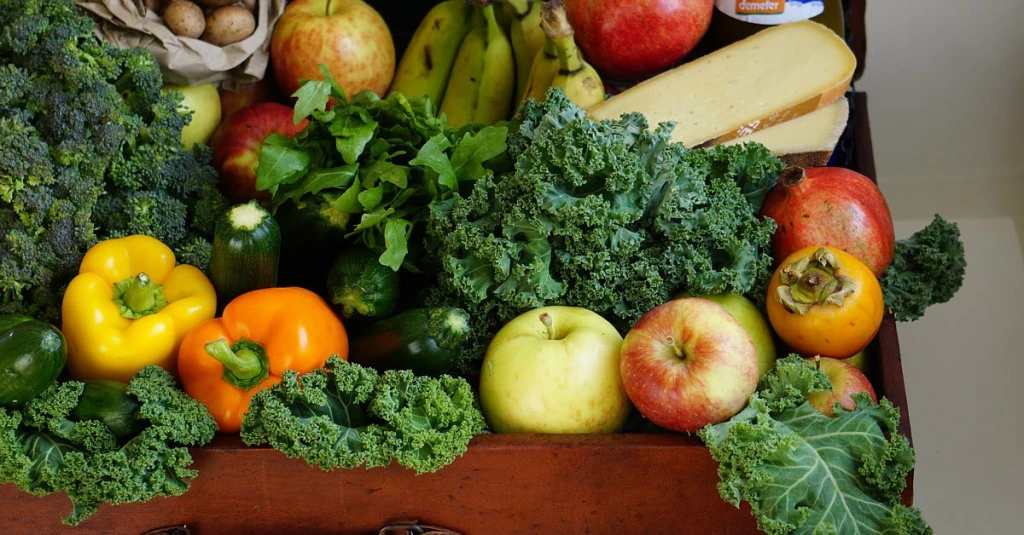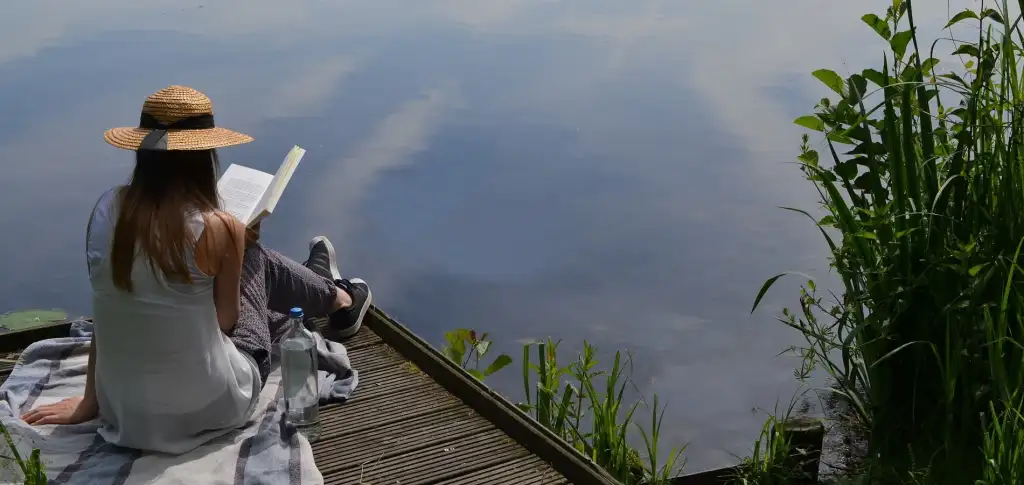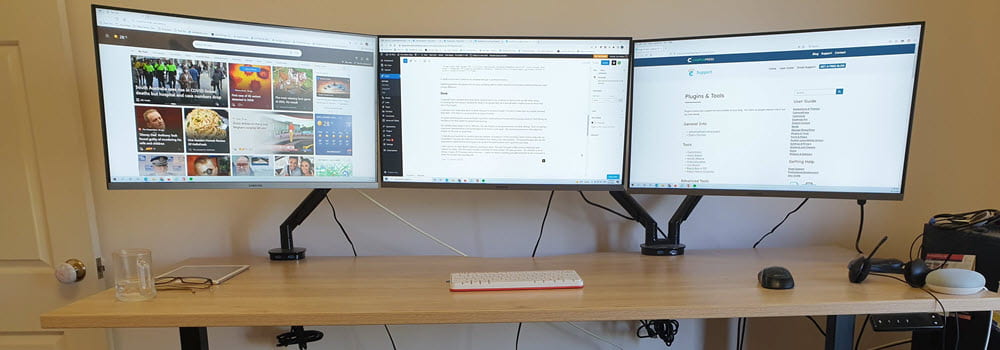Thanks to everyone who helped me demonstrate the power of personal learning networks for my presentation yesterday. Your comments, tips and advice were THE essential part of my presentation because I wanted to demonstrate a personal learning network in action to show how it extends our learning and reflection beyond what is normally achieved during traditional professional development and enables us to share our learning with global educators.
The aim of this post is to show how I used your comments in my presentation, explain the main points covered plus to provide links to help others get started setting up their own personal learning network.
Background
Many of the educators at the Educational Computing Association of Western Australia (ECAWA) State Conference had never heard of the term Personal Learning Network (PLN) or Personal Learning Environment (PLE). Sarah Stewart provides an excellent overview on Personal Learning Environment and the tools that she uses in her PLE.
As Graham Wegner highlights “it is hard to explain and sell what an online PLN is to educators without diving and experiencing it themselves”. This is why I felt my best chance was demonstrating a PLN in action by using the network to help create the presentation.
My presentation involved a Keynote presentation composed of information collected from 27 reader’s comments to questions on Personal Learning networks blended with visiting web sites to show a range of different online tools. The title for my presentation and this post is from Ines concluding comment ” As I’ve been told myself in my first days: “You must listen to the wisdom of the network””. Thanks Ines!
I only had 30 minutes so the main points I tried to emphasize were:
- Face to face interactions within workplaces provides limited opportunities to exchange ideas and thoughts.
- Your Personal learning networks increases opportunities to help each other and is available anytime, anywhere, whenever connecting you to a global network.
- If you are planning to integrate online tools into your classroom it is important that you use these tools first for your personal learning to gain greater understanding of how to use them effectively and to realize their importance for empowering personal learning.
- It does take time “to get” the value of some online tools and it is important to engage with using them using an open mind. “Not getting” the benefits of a tool often relate to not using it effectively.
Global Nature of PLNs
I started by demonstrating the global nature of PLNs by showing a World map with the names and locations of readers who left comments.

A quicker method would have been to use a Frappr map but didn’t want people just to add their names and not answer the questions on PLNs.
Importance of PLNs
Next I showed a Wordle of commenters’ responses to “Why is your personal learning network important to you?” to emphasize the key reasons why educators use PLNs. Thanks Jane Lowe for providing me with the idea to use a Wordle.

Tools Used in PLNs
I then discussed tools people use to create their PLN by showing a diagram I had created using commenters responses to “Which tools are the most important part of your personal learning network?.” It was created by counting the number of readers who recommended a tool; the size and number indicates the relative popularity of each online tool.
Online tools written in white text were sites mentioned by one reader only. RSS aggregator refers to use of RSS readers like Google Reader and Bloglines.

Which tools people use in their PLN are very individual that is why they are personal 🙂 . The benefit of the diagram was it meant I was able to discuss and show a wide range of web sites that they could consider including in their PLN.
Features I noted from this diagram:
- Twitter was the most popular tool – as expected
- Most readers included online bookmarking sites as an important tool in their PLN however some readers included both del.icio.us and diigo in their list – I’m assuming because they use each differently?
- I was surprised to see Facebook included and would love to hear more from readers as to why they value Facebook so highly in their PLNs.
Setting Up Your PLN
Finally I talked about the tools for getting starting with setting up a PLN. I did this by counting the number of readers “tips on how to get started setting up their own Personal learning network” and listed them in order of popularity.
Their advice for getting started was:
- Join Twitter – read this post on setting up and using twitter
- Start reading blogs – You could use this list of top Edubloggers to find some blogs you would like to subscribe to. Alternatively check through this list to find blogs.
- Subscribe to RSS feeds using Feed Readers – understanding RSS and using it’s power to make your life easier is an essential part of using these tools. Read this post to learn more about RSS and setting up a feed reader.
- Start own blog – If you are interested in setting up an Edublogs blog here is where all the how to information is located.
- Comment on other people’s blog – read Dean Shareski excellent post on Student and Teacher Blogging that Succeeds
- Join Classroom 2.0 – Classroom 2.0 is the largest Ning network for educators. Read this information on how to get more out of using a Ning site.
- Join diigo – Watch Liz Davis screencast on using Diigo. Personally though I’m sure my network meant join del.icio.us so here are my instructions for using del.icio.us.
During my presentation I also showed my twitter network and asked my twitter network provide links to help educators get your PLN started. Here are the links:
- Knowledge Bank Conference 2008 – free online conference for educators on 22 & 23 July – link supplied by Janning.
- Top 100 Tools for Learning 2008 – list created from top 10 tools recommended by learning professionals. Link supplied by Michael Chalk.
- John Pearce’s tutorials.
- Contribute to Rodd’s survey on what tools you use in your PLN – Scroll down the page to read other people’s responses. Link supplied by Rodd Lucier.
- 23 Things Program – There is a 23 Things program starting on 21 July. This type of program is really good for learning about a range of online tools. Link supplied by Katherine Greenhill.
FINAL THOUGHT
It isn’t possible to capture all the information contained in readers responses to my question so I strongly recommend you read:
- Their comments here
- Dani Vaughn-Tucker’s Importance of Personal Learning Networks post and Anne Mirtschin’s The Vital Importance of Personal Networks post that they wrote in response to my questions.




Leave a comment